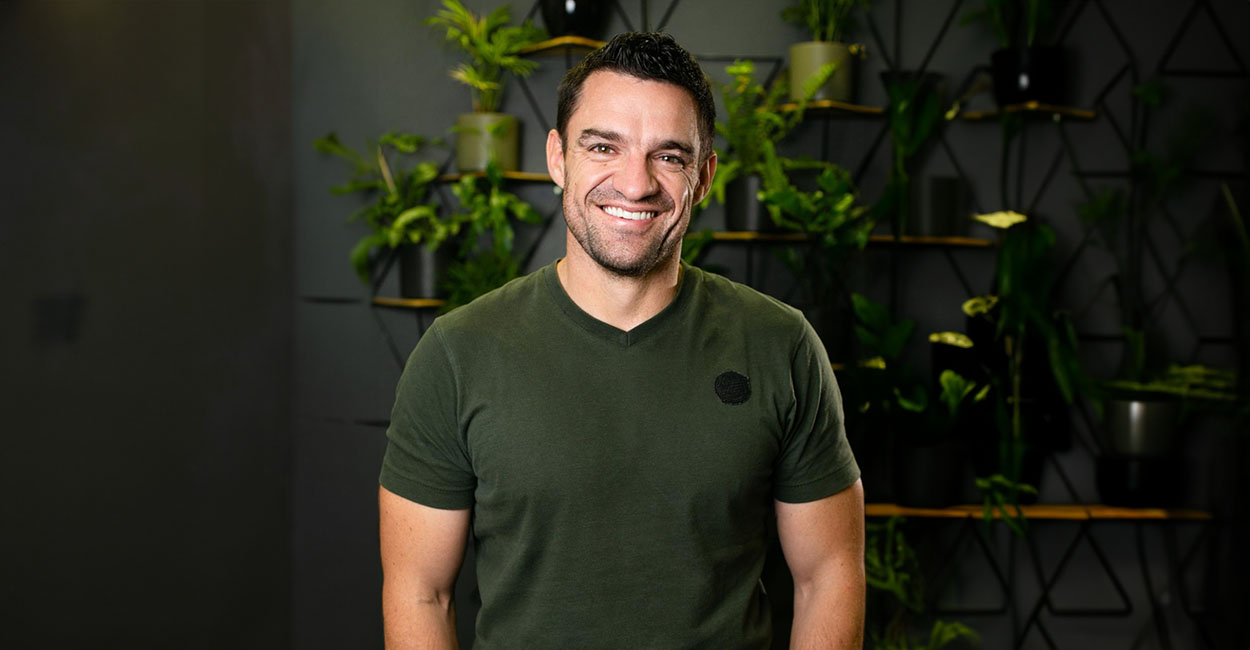With the positive news on the decrease in taxes, 2014 could very well see more first-time buyers entering the property market. So, who are the first-time buyers and younger buyers and what is it that they are looking for in a property?
There are about 28.4 million consumers who are ready to buy property; they are young professionals who have been renting property for the last few years and are now eyeing the property market and looking to buy. According to the FNB property barometer, first-time buyer activity represented around 23% of the total buying activity in both 2011 and 2012, which is a significant increase from the 15% in 2008. Current economic conditions are lending themselves to property investment and this could see first-time buying rise above 23% this year.
What do first-time buyers want?
The general consensus seems to be that most first-time buyers want a lock-up-and-go, either a small townhouse or a sectional title unit. Michael Cohen from Leapfrog says, “The younger buyers are looking for a cheaper monthly upkeep, that is, more sectional title properties with reasonable levies in new developments. They also want to be able to lock up and go and like the security of complexes and estates.”
This is echoed in the data from Lightstone on first-time buyers in 2013, which saw 12 622 estates purchased by first-time buyers at an average price of R1 228 095 by people of an average age of 35, and 31 752 sectional title units at an average price of R732 649 by people of an average age of 34.

So why the trend towards smaller homes and estates? Cohen says, “The trend towards smaller land size properties is probably due to the drastic increases with Eskom and the jump in municipal values and therefore rates and taxes. There is less monthly upkeep on a sectional title/apartment as opposed to a house. The trend towards estates and complexes is also for security reasons.”
Security is a big issue in South Africa and a major factor in any homeowner’s decision when buying property and more so for young professionals, who may not keep office hours and have an active social life. They want to feel safe in their homes and leaving their homes, which is why a lock-up-and-go has such a massive appeal.
The average age of the younger buyers at Bardale Village is between 24 and 35, says Michael Bauer, managing director of the estate agency IHPC, the company responsible for the sales and marketing at Bardale. The majority of buyers here, he says, are looking for affordability and value for money. “There seems to be a trend to go for both lifestyle choices and a home – both are equally important to young buyers,” he says. “In one particular case, a couple (both work for large corporate companies) bought a starter home with one bedroom at Bardale Village, and recently decided they wanted to upgrade to the biggest unit in the same development. The interesting thing here is that they have decided to have one child only, and so have made the decision to buy a two bedroom home as they will not need a larger one,” he says. “It seems buyers will look carefully at their family decisions before purchasing a home.” When categorising younger buyers, each category has different needs: Singles will likely want a lock-up-and-go apartment that is low maintenance, close to nightlife spots and within walking distance of shops, restaurants and bars, according to Bauer. As they get older they might start planning for a family and the lifestyle choices change – then moving towards larger units with more bedrooms and closer to amenities such as schools, shopping centres, sports facilities and public transport.
The trend of smaller properties has only increased in the last few years and it would appear first-time buyers are very economically aware of what it costs to maintain a property. “Younger buyers who are single or with partners like lifestyle environments, lock-up-and-go places with gyms, restaurants and convenience stores nearby. Secure parking and 24-hour concierges at the upper end of the market are popular. The fewer the amenities, the lower the price. I think this is a trend everywhere. Younger people have limited finances, want low maintenance and good security and buy with practical considerations foremost. They want fulfilment of the best lifestyle they can afford, appropriate features specific to their stage of life, security and emotional compatibility,” says Laurie Wener, managing director of Pam Golding Properties in the Western Cape.
Annien Borg, managing director of Pam Golding Properties in the Boland and Overberg regions, agrees: “Younger buyers are buying properties across the board, not as much mixed use in the country towns as they would in urban areas. Price range is usually under the R2-million mark and the age group ranges from 25 to 35. The size of the plot and house can be smaller but they want something in a good condition to keep maintenance costs as low as possible. People in the age group 30 to 35 usually start to look for something a bit bigger than a two bedroom apartment as they start moving towards getting married or start to think of having a family and therefore wanting to be close to schools and other amenities.”
What other features are first-time buyers looking for?
“According to the last oobarometer report on first-time home buyers (in November 2013), the average age of first-time bond applicants is 37, which seems quite high,” says Lanice Steward, managing director of Knight Frank Residential SA, “whereas in 2005 the average age was 31 (according to figures from SAPTG). Although the average age is 37, the ability for younger buyers to access credit is becoming easier now than in the years of 2010, 2011 and 2012, with banks easing up slightly on their loan to value and lending criteria.” In the areas in which Knight Frank SA predominantly works, the southern suburbs of Cape Town, Atlantic Seaboard and Hout Bay, she said, it has become difficult for first-time buyers to access affordable properties. “This has contributed to the revival of areas like Woodstock and Observatory, where developers have been able to access old buildings and land to convert to lifestyle-orientated developments, which have well designed units, and have amenities such as gymnasia, swimming pools and clubhouses,” says Steward. It would appear that in addition to smaller units, the amenities that are provided are a driving force behind the decision of where and what to buy. Young professionals are more likely to buy a sectional title unit or apartment in a complex that has added amenities such as pools, gyms and features that speak to their lifestyle choices.
Another thing first-time buyers are looking for is flexible space; they want to be able to have an extra room for an office now and a baby room for the future. Adrian Goslett, chief executive officer of RE/MAX, says, “Homes with smaller living spaces have become more popular because they are much more manageable for younger buyers and more efficient.” He adds, “Whether it is for a home office or gym, a games room or just an extra room, buyers want an additional space that they can use flexibly, both now and later when their circumstances or needs evolve.”
How much does cost matter?
When it comes down to the rands and cents, how much does the cost matter to first-time buyers? According to Samuel Seeff, chairman of Seeff, this matters quite a lot: “With the sluggish economy and growing cost of living, youngsters especially are battling to make ends meet. Most young people tend to rent for at least five years before they have the funds available to buy. The transaction costs alone are quite a burden for buyers and while banks are sometimes amenable to 100% bonds, chances are that they need to have cash funds available to contribute a deposit of at least 10% of the purchase price.”
The total cash amount needed on a bond of R800 000 can amount to around R120 000 (R80 000 deposit and about R40 000 for bond and transfer costs) and, they will need to have this ready before they can buy. Another problem facing first-time buyers is the ability to get finance. The banks still have stringent lending criteria, and with the shift to self-employment and small businesses, first-time buyers in this sector of the economy will find it tough to secure the proper finance needed to buy.
Traffic and travel costs
First-time buyers are also looking at how many miles they are racking up driving to their place of employment every day. And, with petrol prices at never-seen-before highs, the ‘where’ is as important as the ‘what’ when choosing a home. Seeff says, “Given the rise in traffic volumes and travel costs, residing closer to business areas and major arterials or a good transport network has become an important driver of housing demand, especially with younger buyers. The ability to walk or cycle, for example, is a real drawcard, as seen in the Cape Town CBD area.” Couple rising petrol prices with e-tolling and location has become an important consideration for first-time buyers. Michael Cohen adds, “ In my experience people want security, good resale value, street appeal, low maintenance and close proximity to their work place, especially now with e-tolls in place.”
First-time buyers in 2014 are young professionals aged between 28 and 36 and they know what they want. They want smaller, flexible homes that suit their lifestyles and are close to their places of work. They want secure homes that they can lock up and leave when need be. This generation of buyers is the most technologically advanced generation yet and, with the internet at their disposal, they know what they want and how to get it.
Text: Colleen May







